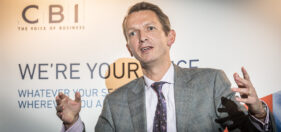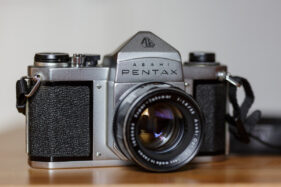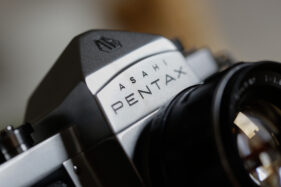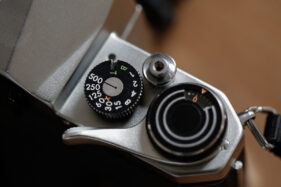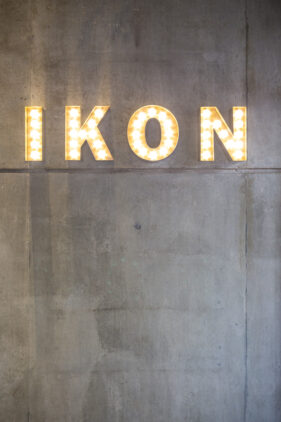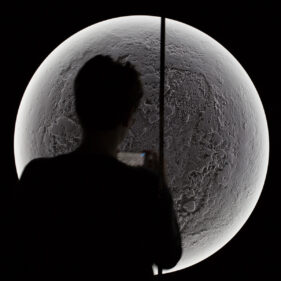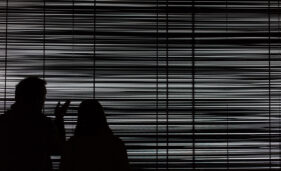While my lovely Pentax S1a is off for a rebuild, I’ll return my attention to things more corporate photography related.
With doom and gloom headlines about the state and future prospects of the UK economy all over our news channels it might be tempting to think it’s time to tighten belts and hunker down for the long haul.
Often the first casualty of financial difficulty is marketing, and perhaps more specifically photography, but if that’s your plan you might want to hold fire because done right, good marketing and good photography, even on a reduced annual budget, can keep your company name in the frame and help you survive the economic Winter.
This week’s message is simple: If you’re going to market less, you’d better market smarter. What does this mean in practice?
Of course I speak from the perspective of a photographer in this corporate world and what I occasionally see is businesses devoting a lot of resource to cutting corners. Not only is this a waste of their valuable time, it also leads to results which don’t hold the client in the best light, or images which have little real impact. It might look like the cheaper option, but at what cost to the business?
I know I’m not the cheapest photographer in my market, but then I wouldn’t want to be. Because quite apart from the quality I strive for in my photography, when a client approaches me I’m there for them from the word go until well after the project has been delivered.
The difference I offer starts with the helping hand and sounding board at the concept stage. Even corporate portraits or the “humble” press release require a level of creative input and the right photographer will be able to guide the project from the earliest stages, ensuring the end-result has maximum impact.
The other aspect you’ll want to consider when hiring a photographer on the sole parameter of cost is, will they help, guide and assist during and after the photo session?
All this help and input, from concept stage to post-delivery assistance, requires time, knowledge and experience, all of which have a value which should be factored into the cost of hiring. Of course this means a cost above and beyond simply that of producing photographs, but since you’re spending the money anyway (and almost certainly taking up your and your colleagues’ time doing so) you may as well get the best results possible.
And when the job is over, the photos delivered, is your photographer still there to help if you need it? I’m not just talking about up to the point they’ve sent the invoice. I’m often helping clients with follow-up assistance months, even years after the job was shot, delivered and paid for.
So, who’s the smart marketer now?

